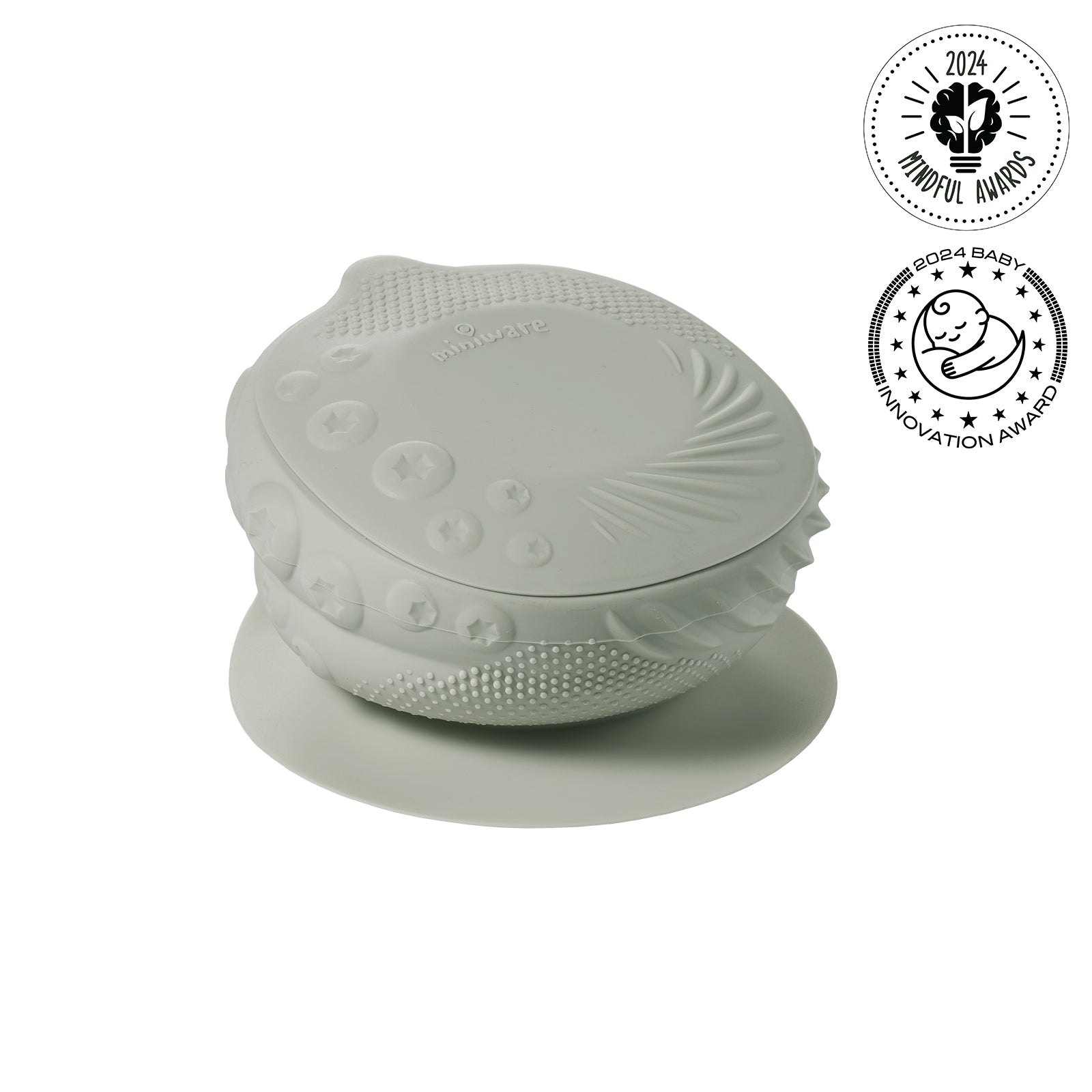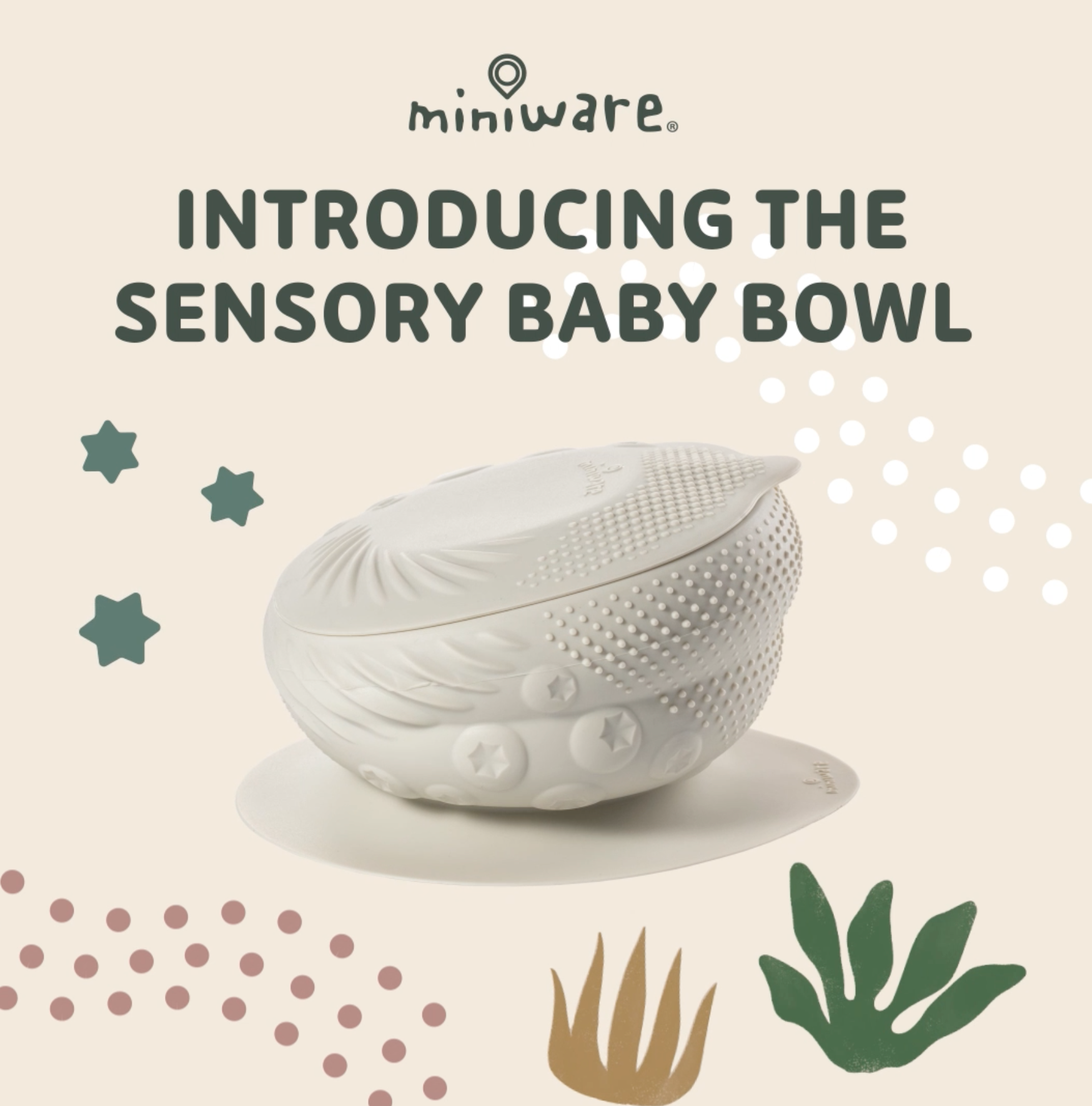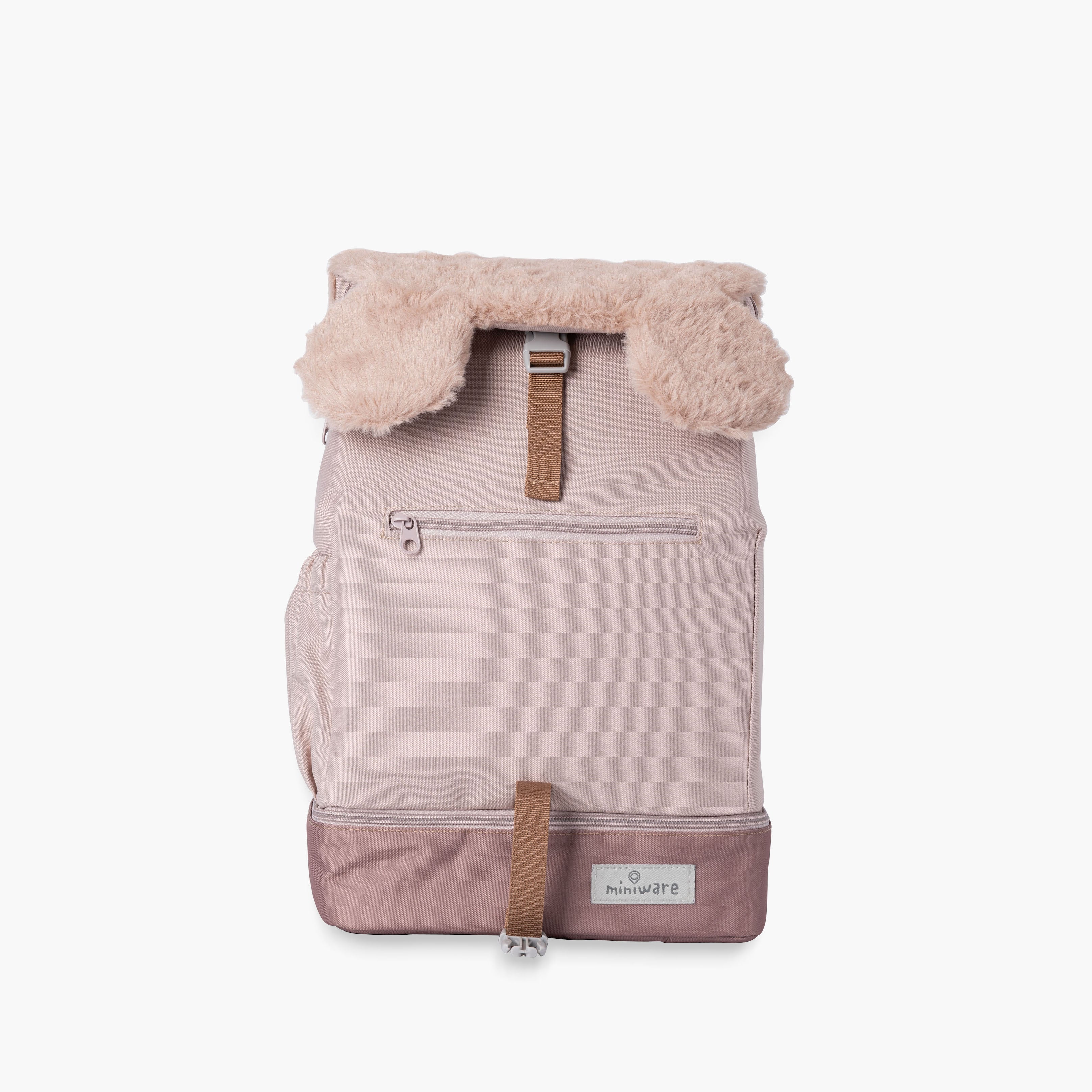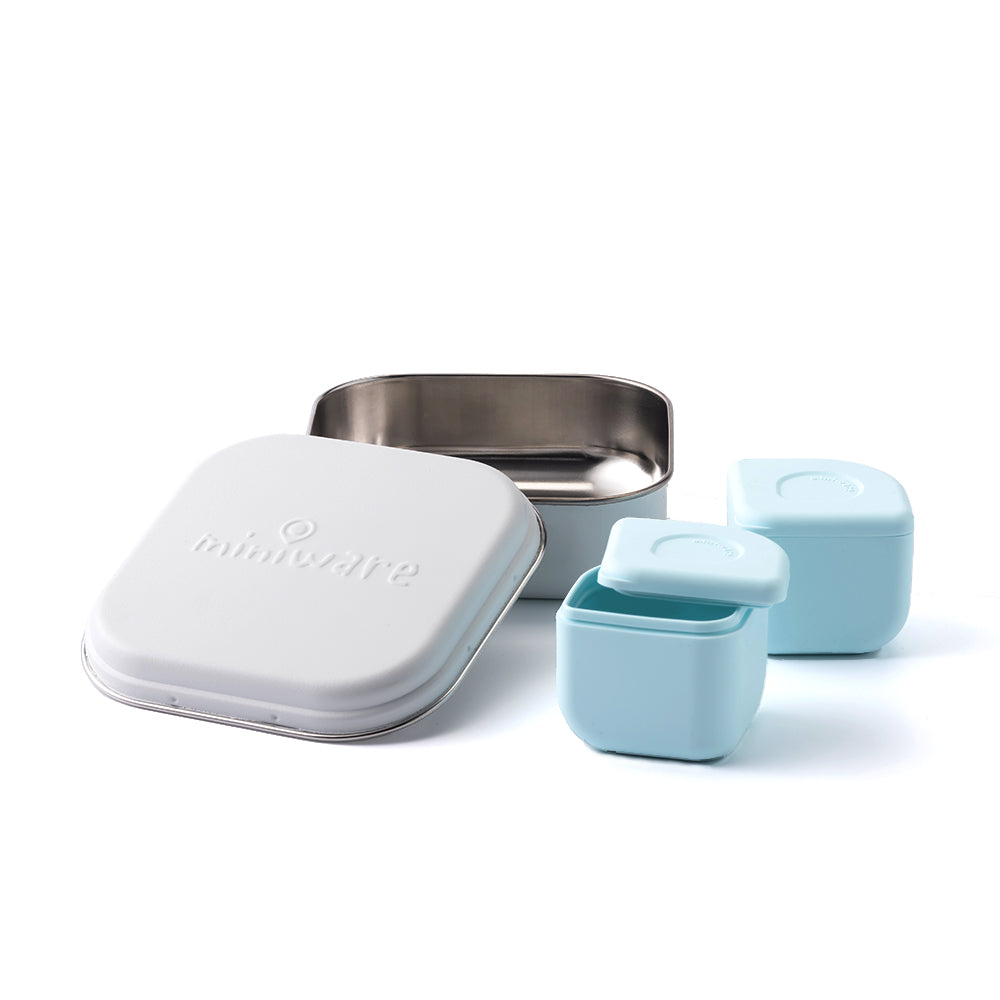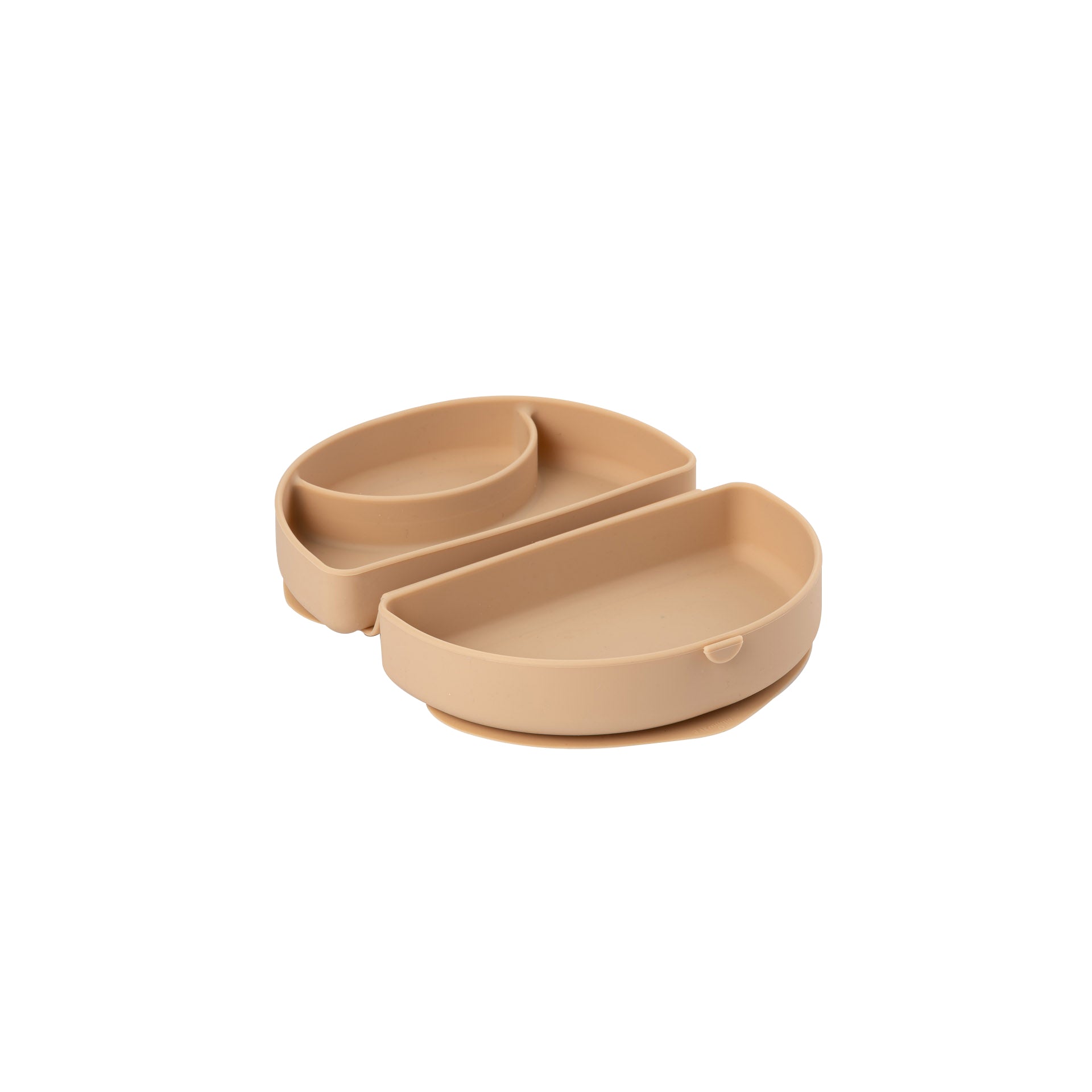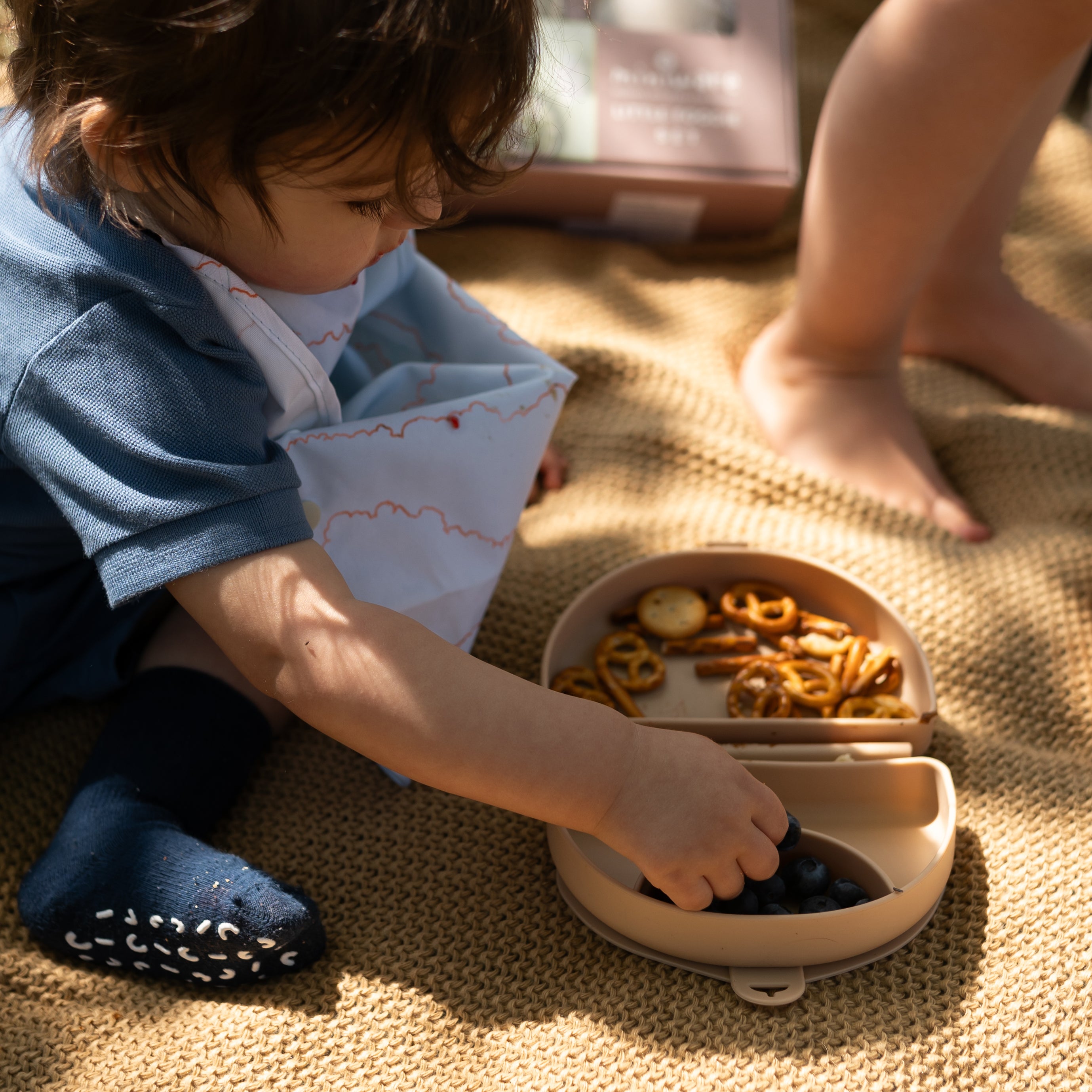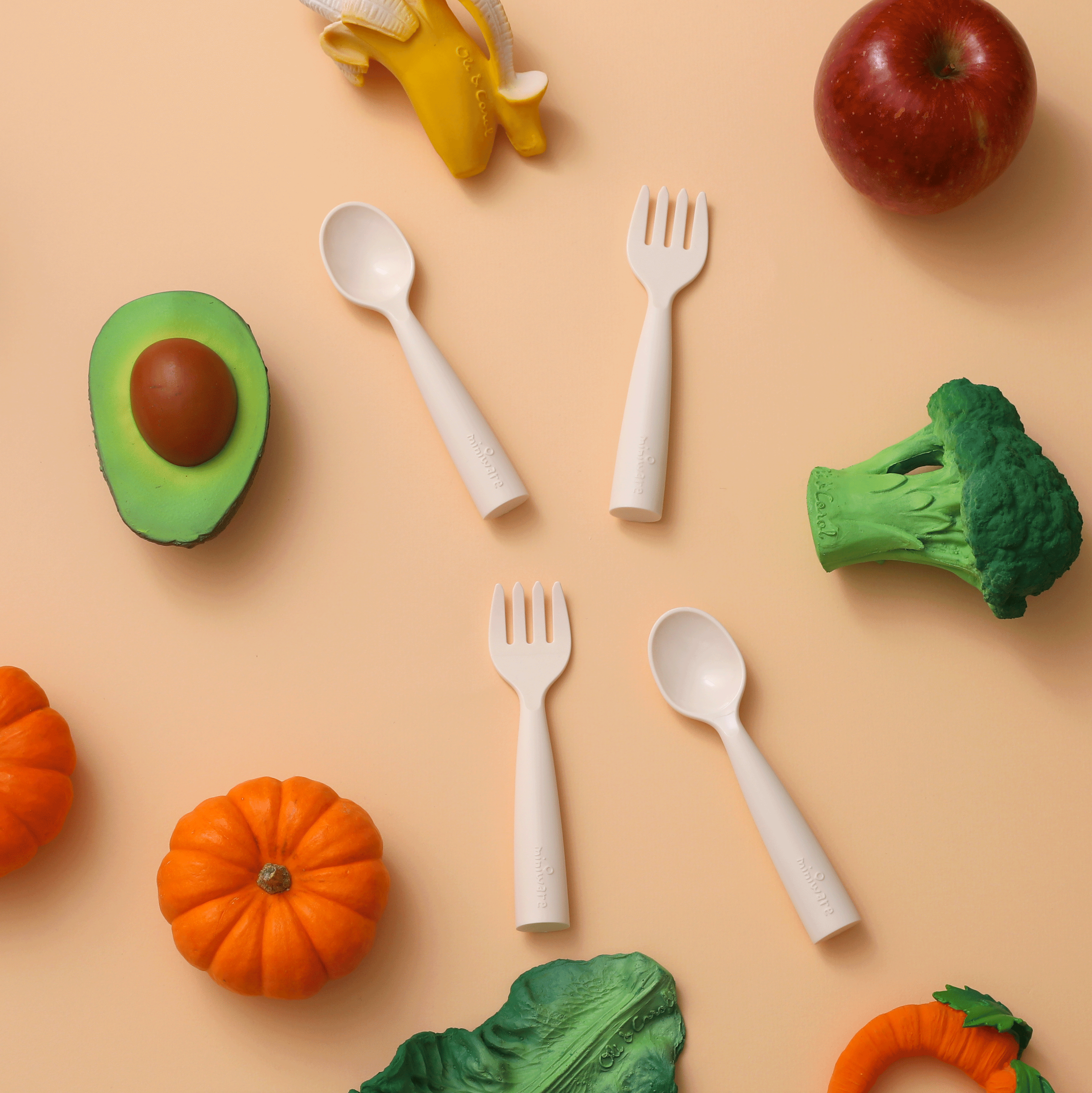If you want to know when the right time is for introducing solid foods to your infant, take it from someone who knows, your baby! Baby-led weaning means letting your child’s cues dictate when they’re ready for solids. How will you know? They’ll tell you by ogling every bite that goes into your mouth and grasping for food and utensils when others are dining! Of course, the transition doesn’t happen all at once. As their nutritional requirements grow along with their developing brains and bodies, babies will need more protein and nourishment than just a breast or bottle can provide. The best news is that you don’t need to rely on store-bought baby foods and special meals, but instead can begin with feeding baby healthy home cooked foods that you already make for your family.
Fall produce is full of essential nutrients, vitamins and minerals that will boost your baby’s immune system, strengthen bones and muscles and build healthy brain tissue. We’ve pulled together some vitamin-packed fall recipes perfect for teaching babies to self-feed along with some tips for helping your baby master this important skill!
Tips for Teaching Babies to Self-Feed
An introduction to solid foods will be a mostly tactile one for your baby. Babies need to grasp and explore with their hands and fingers before food first makes it to their face. Making their first experience a relaxed and fun one will help your baby gain more confidence and look forward to mealtimes.
Seat them at the table with the family during regular mealtimes, either in a highchair or on a lap. It’s important for baby to feel included! Offer finger shaped foods that are easy to grasp until they develop the fine motor skills required to pinch small pieces. There’s no need to make special foods at mealtime, just make sure that your child’s portion is taken out before seasoning or adding anything that could irritate their sensitive digestive systems or could become a choking hazard.
Purees also make great starting foods. They can be made with a variety of fresh fall ingredients making purees an excellent way to get all kinds of nutrients into baby who might not have the refined palette to appreciate kale yet. Babies will love making a mess in their purees which is just part of the self-feeding learning process! Once they get older, they’ll master utensils, but for now, just keep the wipes on hand and let them explore.
Fall Produce Contains Essential Nutrients for Healthy Babies
Fall veggies are full of good stuff for growing babies. In fact, if you look at Harvard’s list of Best Foods for Vitamins and Minerals, you’ll see a lot of fall produce included. Kale, broccoli, acorn squash, pumpkin and potatoes all make the list!
Although technically a fruit not a vegetable, butternut squash is rich in vitamins A and C, as well as fiber, potassium and other key nutrients for healthy skin, hair, digestion and eye development. Babies and adults alike love its smooth consistency and sweet flavor. Here’s a delicious butternut squash puree that makes a perfect side dish for the family and can be a squishy, nutritious meal for baby too.
Butternut Squash Puree from The Pioneer Woman
This next puree is a great way to use a lot of fall’s best root vegetables. Don’t feel limited by the recipe. You can always add in your family’s favorites if they’re not on the list. Root vegetables are high in fiber for healthy digestion as well as vitamins A, C and plenty of antioxidants. These nutrients promote skin and eye health, plus boost the immune system. Research also shows that increased consumption of cruciferous vegetables can lower the risk of stomach, breast, colorectal and lung cancer, so pile on the veggies!
Autumn Root Vegetable Puree by Epicurious
Your baby might not appreciate fall vegetables with a stronger taste like broccoli right off the bat, but after they’ve adjusted to more mild vegetables, give this tasty broccoli puree a try as a healthier alternative to mashed potatoes. Broccoli is high in fiber to keep baby feeling full longer and for good digestion. It’s also rich in vitamins A, C and K, for healthy eyesight, strong bone development and normal blood clotting. Another benefit to this fiber-rich, low carb dish? Add some stock to leftovers for broccoli soup!
